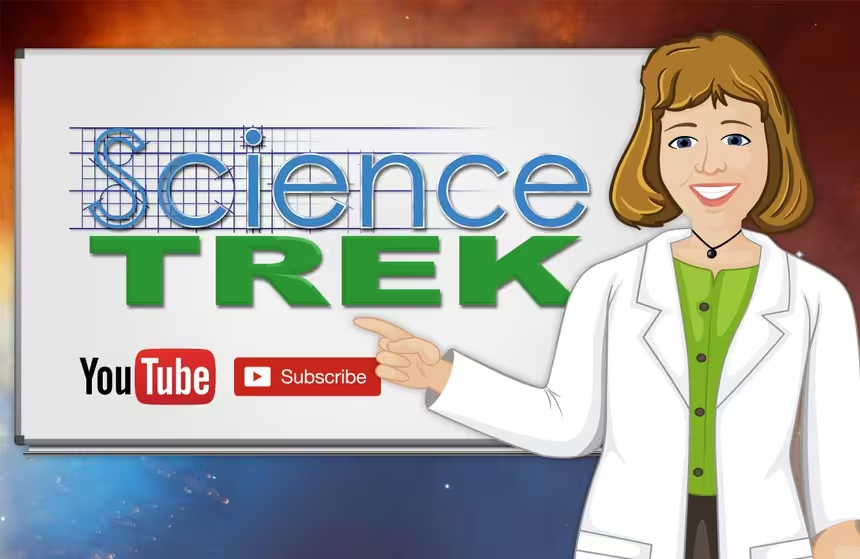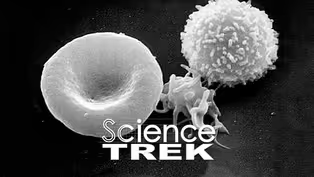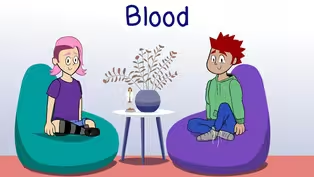
Blood: The Heart of the Matter
Clip: Special | 1m 4sVideo has Closed Captions
It’s the hardest working muscle in your body.
Your heart is what operates your circulatory system. Find out how your heart pumps blood and keeps you alive.
Problems playing video? | Closed Captioning Feedback
Problems playing video? | Closed Captioning Feedback
Science Trek is a local public television program presented by IdahoPTV
Major Funding by the Laura Moore Cunningham Foundation and the Idaho National Laboratory. Additional Funding by the Friends of Idaho Public Television and the Corporation for Public Broadcasting.

Blood: The Heart of the Matter
Clip: Special | 1m 4sVideo has Closed Captions
Your heart is what operates your circulatory system. Find out how your heart pumps blood and keeps you alive.
Problems playing video? | Closed Captioning Feedback
How to Watch Science Trek
Science Trek is available to stream on pbs.org and the free PBS App, available on iPhone, Apple TV, Android TV, Android smartphones, Amazon Fire TV, Amazon Fire Tablet, Roku, Samsung Smart TV, and Vizio.

Science Trek
Science Trek is a place where parents, kids, and educators can watch short, educational videos on a variety of science topics. Every Monday Science Trek releases a new video that introduces children to math, science, technology, engineering, and math (STEM) career potentials in a fun, informative way.(Science Trek Music) Your heart is what operates your circulatory system.
The heart is your body's hardest working muscle.
When you are at rest, it beats between 60 and 100 times a minute.
That's 2 billion times over your lifetime.
The heart is really two pumps working side by side.
Each half is divided into two chambers.
The upper chambers are called the atria.
The lower chambers are called the left and right ventricles.
There are valves between the chambers to keep blood from moving the wrong way.
And there is a layer of thick muscle between the halves called the septum.
Oxygen-rich blood enters the atria and then gets moved into the left ventricle where it is squeezed out to the rest of the body.
After the blood had deposited oxygen and picked up waste products like carbon dioxide from the tissues, It heads into the right side of the heart where it gets pumped into the lungs.
From there the carbon dioxide gets exhaled and you breathe in oxygen.
Now the oxygen-rich blood goes into the left side of the heart and the process starts all over again.
For more information about blood, check out the Science Trek website.
You'll find it at sciencetrek.org
Video has Closed Captions
Clip: Special | 1m 4s | What are the parts of your blood? (1m 4s)
Providing Support for PBS.org
Learn Moreabout PBS online sponsorship
- Science and Nature

Explore scientific discoveries on television's most acclaimed science documentary series.

- Science and Nature

Capturing the splendor of the natural world, from the African plains to the Antarctic ice.












Support for PBS provided by:
Science Trek is a local public television program presented by IdahoPTV
Major Funding by the Laura Moore Cunningham Foundation and the Idaho National Laboratory. Additional Funding by the Friends of Idaho Public Television and the Corporation for Public Broadcasting.

